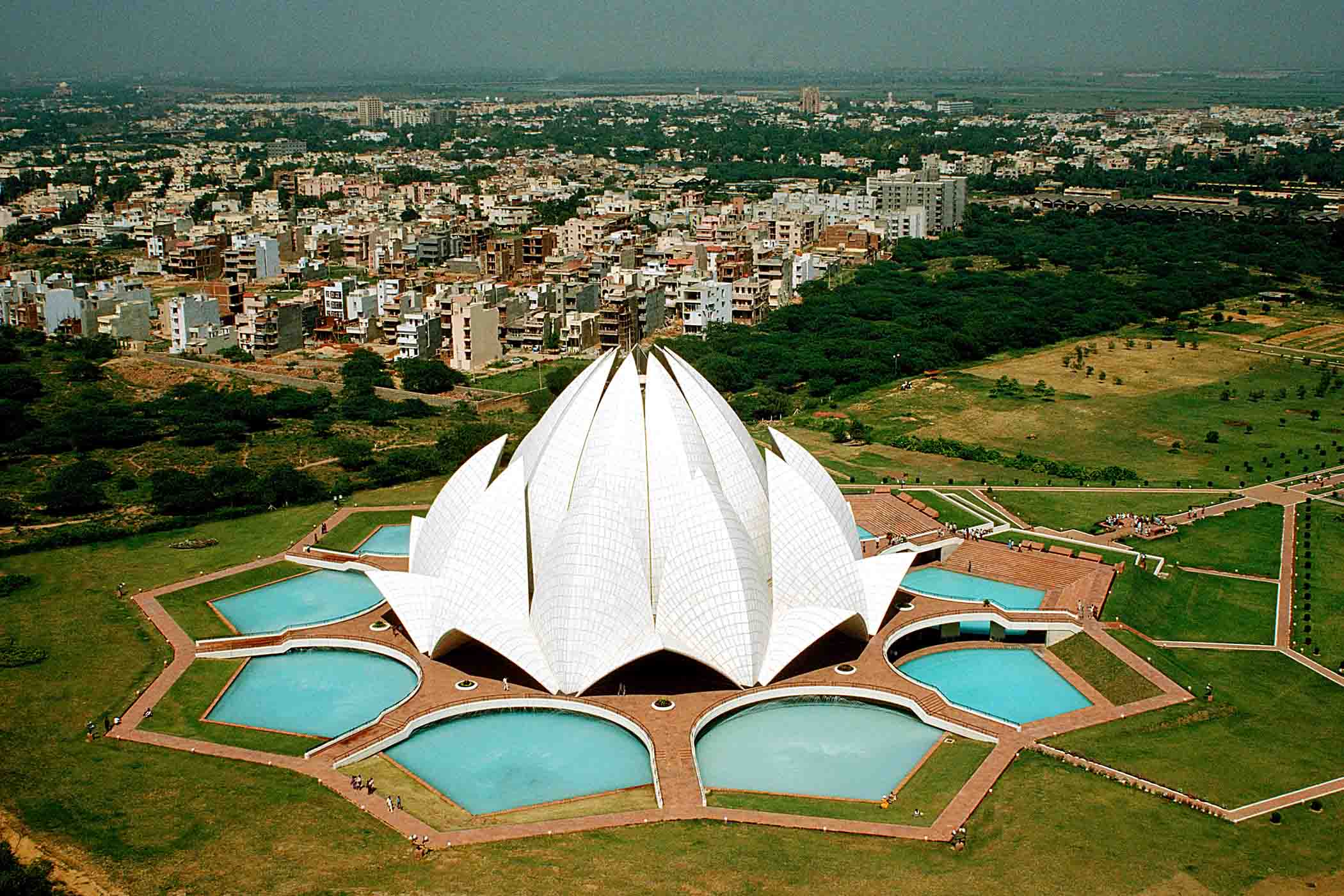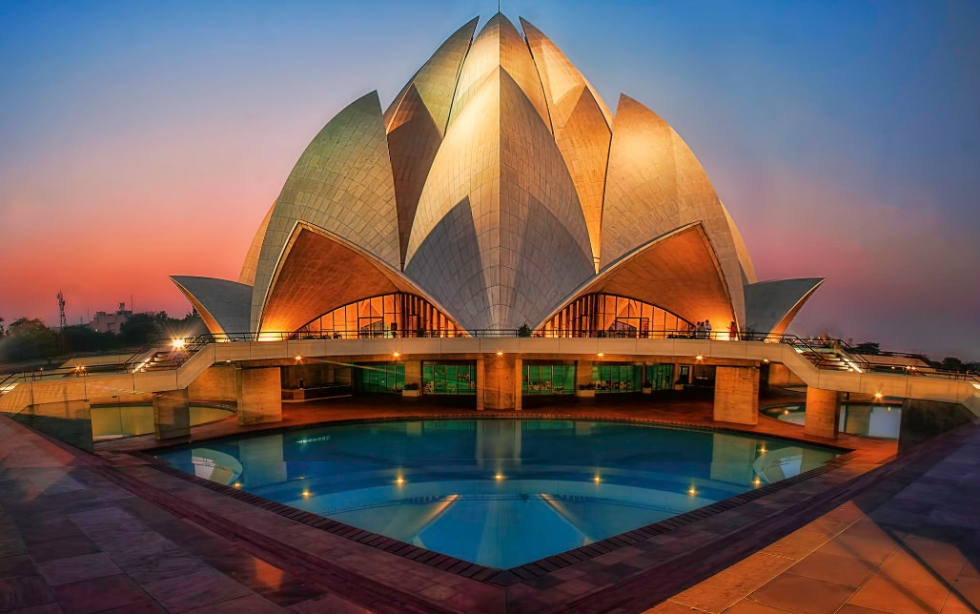The Lotus Temple India

India is a land of diverse cultures and religions, and one of the significant landmarks that stood out in the country is the Lotus Temple. Located in the capital city of New Delhi, this temple is not only known for its religious significance but also for its architectural marvel.
The Lotus Temple is built in the shape of a lotus flower and is one of the most visited places in India. It is part of a series of the most iconic temples in the world and is regarded as one of the top 10 must-visit attractions in the country.
The temple was completed in 1986 and is one of the seven Bahai temples worldwide. It is famous for its unique design, which sets it apart from the other temples in India.
The Lotus Temple is open to people of all faiths and religions, and its primary purpose is to promote unity and brotherhood. The temple premises have beautiful gardens and fountains, making it a perfect place to spend a relaxing afternoon.
Inside the temple, there is a central prayer hall that can accommodate up to 2,500 people at a time. The hall has no idols or religious symbols and maintains complete silence, making it an ideal place for meditation and introspection.
The architecture of the Lotus Temple reflects the principles of the Bahai faith. The petals of the lotus flower symbolize the devotion and purity of the followers, while the central prayer hall represents the heart of the temple, where people come to connect with their inner selves.
The Lotus Temple has won several awards for its architectural beauty, and it is regarded as one of the masterpieces of modern architecture in India. The temple is a perfect blend of technology, design, and art, making it a must-visit destination for all those who appreciate architecture.
History of Lotus Temple
The Lotus Temple was built by the Iranian architect Fariborz Sahba and took six years to complete. The construction of the temple began in 1980 and was completed in 1986. The temple was opened to the public on December 24, 1986.
The design of the temple was inspired by the lotus flower, which is a symbol of purity and harmony in many cultures. The temple design reflects the principles of the Bahai faith, which promotes unity, equality, and compassion.
The Bahai faith is a relatively new religion that originated in the mid-19th century. Its followers believe in the unity of all religions and the equality of all people.
Travel Tips
The Lotus Temple is open to visitors from Tuesday to Sunday, and it is closed on Mondays. The temple is open from 9:30 am to 5:30 pm from October to March and from 9:30 am to 7:00 pm from April to September.
The best time to visit the Lotus Temple is during the morning hours when the weather is pleasant, and there are fewer crowds. The temple is an active place of worship, and visitors are expected to maintain silence and respect the religious sentiments of the followers.
The Lotus Temple is located in South Delhi and is easily accessible by public transport. The nearest metro station is Kalkaji Mandir, which is on the Violet Line of the Delhi Metro.
The premises of the Lotus Temple are well-maintained, and visitors are advised to wear comfortable clothes and shoes while visiting the temple. It is also advisable to carry a water bottle and sunscreen, especially during the summer months.
In conclusion, the Lotus Temple is one of the most iconic landmarks in India and an architectural marvel that reflects the principles of unity, equality, and compassion. It is a must-visit destination for all those who appreciate art and architecture and an ideal place for meditation and introspection.


Post a Comment for "The Lotus Temple India"